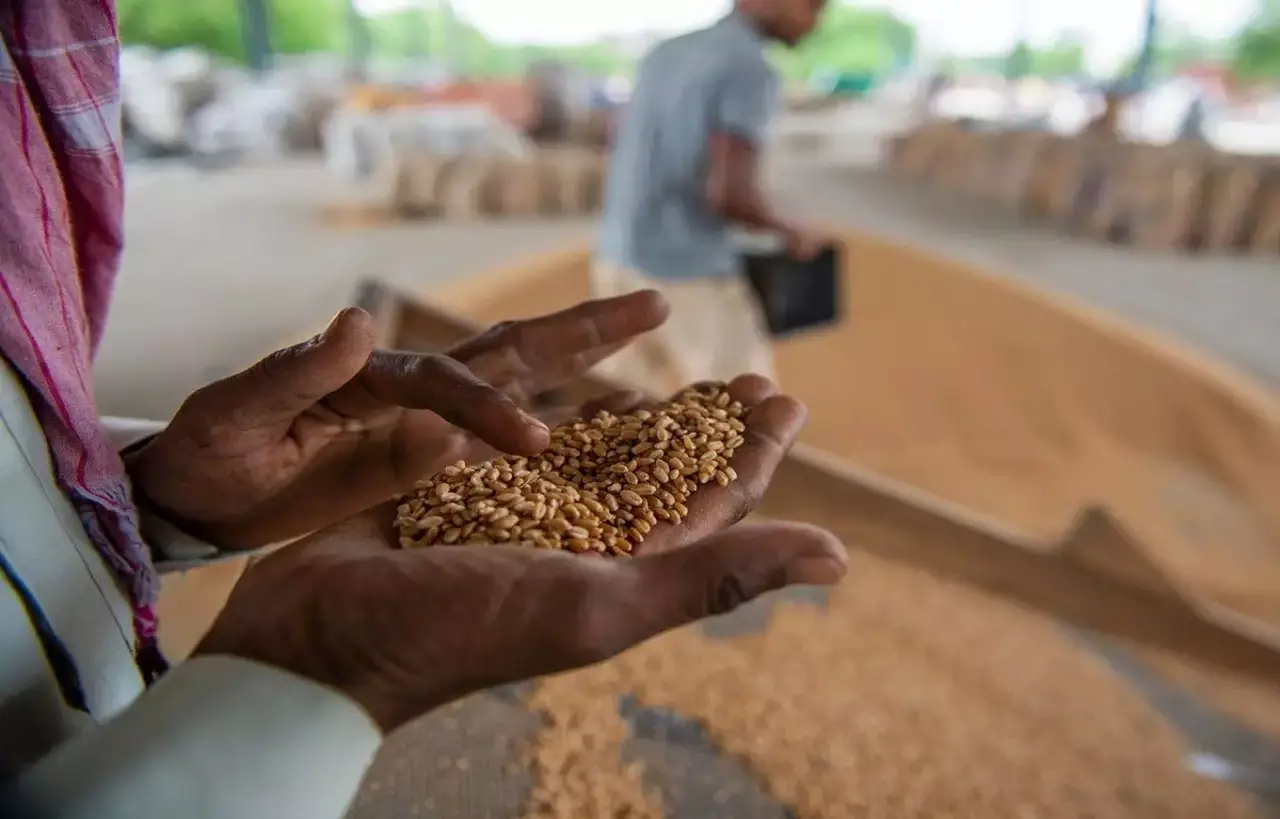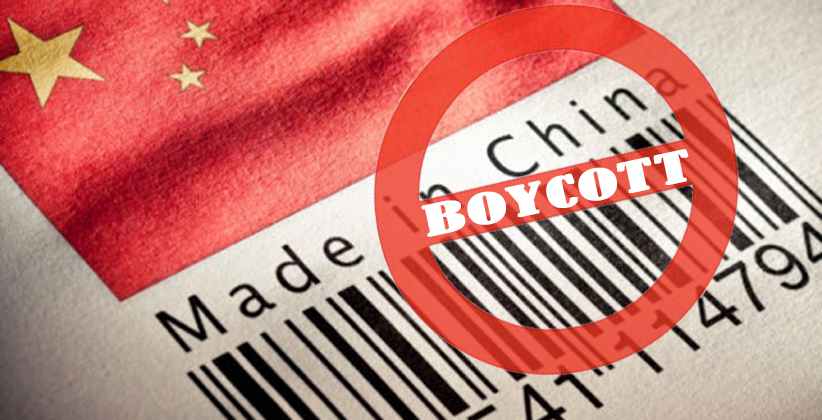
no posts today—26.12.2022


Joynagar Moa, a popular Bengal sweet, has had its Geographical Indication (GI) status extended for another ten years.

Source: https://www.thehindu.com/news/cities/kolkata/for-the-first-time-in-its-history-joynagar-moa-being-exported/article33625025.ece
More than 25,000 internship opportunities have been advertised under the TULIP program so far.

Source: https://www.pib.gov.in/PressReleasePage.aspx?PRID=1885831
The government has decided to provide free foodgrains to all 81 crore beneficiaries covered by the National Food Security Act (NFSA) for one year after discontinuing the Pradhan Mantri Garib Kalyan Anna Yojana (PMGKAY).
PMGKAY

Source: https://kj1bcdn.b-cdn.net/media/82848/grains-8uy.jpg?format=webp&width=1280
The convening of the 17th round of India-China corps commander-level talks at the Chushul-Moldo border meeting point in eastern Ladakh a week after the clash in Tawang, Arunachal Pradesh, is a positive development. However, it does not inspire confidence in Chinese intentions in relation to the Line of Actual Control.

Even as it increases military readiness, Delhi should make a diplomatic push for talks. Whatever the facts are on the ground, and regardless of how the tensions will play out, the government should engage the Opposition parties as soon as possible. When confronted with border tensions, the country requires broad political consensus.
Source: https://www.outlookindia.com/national/ladakh-stand-off-india-china-hold-17th-round-of-talks-agree-to-maintain-security-stability-in-area-news-247247
Six days ahead of schedule, both houses of Parliament have adjourned sine die.

(1) Adjournment sine die
(2) Adjournment
(3) Prorogation
(4) Dissolution
When a dissolution occurs, the existing House is dissolved, and a new House is formed following the General Elections. However, only the Lok Sabha is subject to dissolution, as the Rajya Sabha, as a permanent House, is not. The Lok Sabha may be dissolved in one of two ways:
Depending on the status of the pending legislation and where it originated, the Bill may lapse upon dissolution of the Assembly.
Bills originated in Lok Sabha.
Bills originated in Rajya Sabha
Source: https://www.thehindu.com/news/cities/Hyderabad/assembly-adjourned-sine/article36907065.ece
The Chief Justice of India recently expressed concern about the POCSO Act’s age of consent. The CJI asked parliament to reconsider the age under the POCSO act.


The age of consent is a contentious issue that cannot be decided solely by judges and the judiciary. Sexual education for children and adolescents is urgently needed. We must fight the taboo against sex and engage in sex debate.
Source: https://www.thehindu.com/news/national/parliament-must-examine-age-of-consent-issue-says-chief-justice-of-india/article66248216.ece
While cotton farmers in several states have demanded an increase in the crop’s minimum support price (MSP), the Centre has stated that it will monitor the cotton production scenario and make a decision accordingly.

Source: https://economictimes.indiatimes.com/topic/cotton-msp/news
Many dignitaries have signed an open letter published by the Outer Space Institute (OSI) urging national and multilateral efforts to limit uncontrolled re-entry of satellites back to Earth.

Source: https://www.thehindu.com/opinion/op-ed/explained-the-uncontrolled-re-entries-of-satellites/article66292610.ece

In the midst of calls to cut trade ties with China over border violations, a former NITI Aayog Vice-Chairman has stated that doing so would imply sacrificing India’s potential economic growth.
Why?
Should we worry about this?
So, a trade deficit is beneficial?
Ans. Certainly NOT!
Source: https://www.business-standard.com/article/finance/niti-aayog-s-panagariya-cautions-against-cutting-trade-ties-with-china-122122200271_1.html